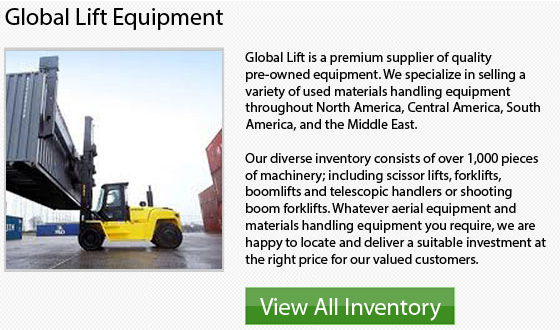
The Carriage
Similar to typical forklifts, the lifting attachment could be tilted from its horizontal position to forwards and backwards. The actual amount of tilt possible completely exceeds that of vertical mast forklifts. There is a large range of available lifting attachments, and this positioning ability makes them as effective as possible.
Nearly all telehandlers have the capability of tilting to a position that is actually parallel to the ground. Several units have rotating carriages also. This enables the operator to adjust the lifting attachment radially. This translates to the load being able of being tilted backwards and forwards, and side to side.
Load Capacity
Figuring out the load capacity of a telehandler is a much different exercise than it is on a vertical mast model. The capacity of the unit is entirely dependent on such things like: boom extension and angle, whether the unit is lifting on outriggers or on rubber tires, and the amount of boom transaction deployed, if this is applicable. Also, which lifting attachment plays a very main role, as does the wind, the grade the equipment is operating on etc. All of these specifics can be changing regularly and this gives the operator much more information to think about.
Most of the time, telehandlers have several load charts available in order for the operator to reference so they could determine the load capacity of a particular lift. Depending on the unit in particular and the configuration of the boom, the load capacity can differ by thousands of pounds all together.